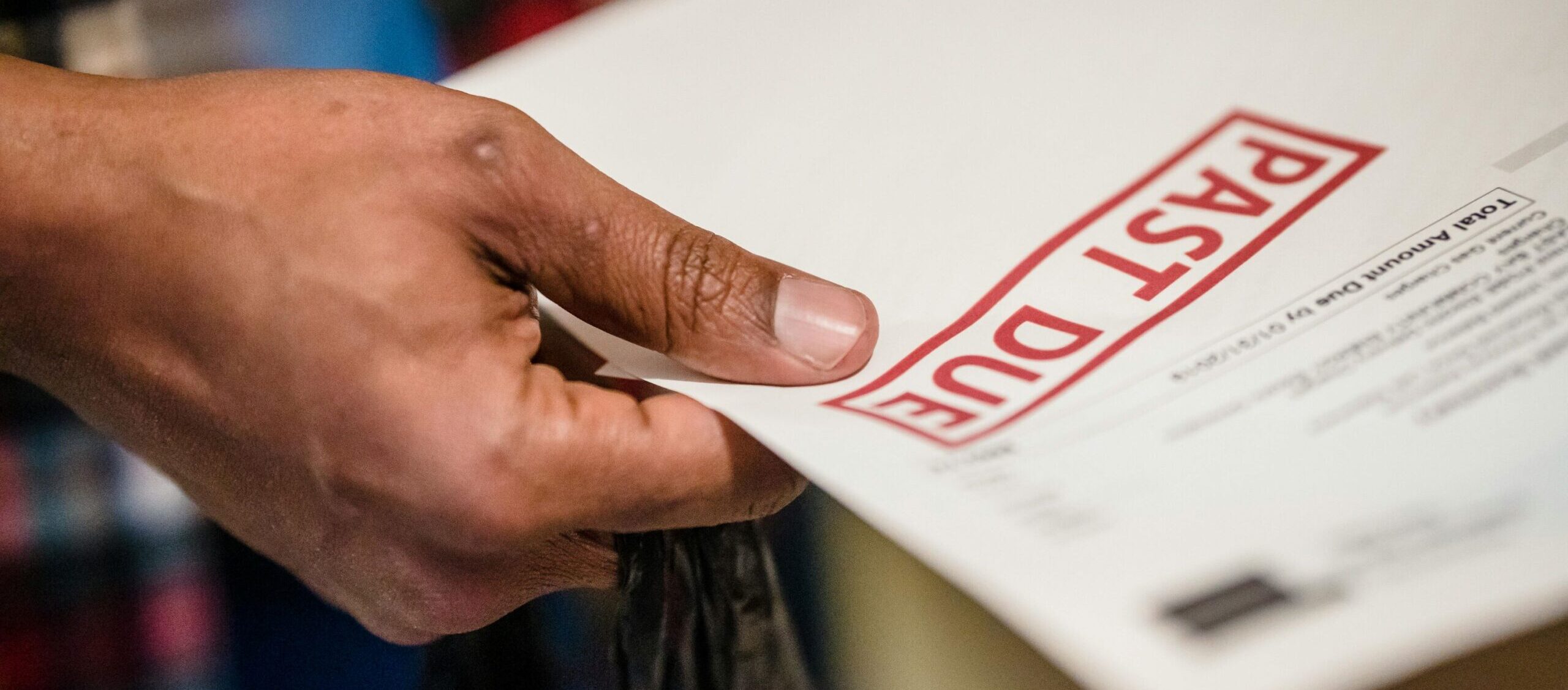
Liquidation: Who gets paid first?
Suppose your business has become insolvent and has either been through a successful administration or perhaps the administration process wasn’t deemed viable for your circumstances. In these cases, there is a good chance that your Company will move into liquidation.
At a confusing and complicated time, you’ll likely have many questions about the liquidation process, such as, in liquidation, who gets paid first? There are certain rules and practices to follow in liquidation, and in this article, we will explain the factors that affect the order of creditor priority and explore who gets paid first in liquidation.
Let’s begin with the factors that can impact who gets paid first when a company goes into liquidation.
What factors affect who gets paid first?
During the liquidation process, several factors can affect the hierarchy of repayments. Typically, the following criteria are to help determine in liquidation who gets paid first:
- Secured or unsecured status: A secured creditor is one that is directly tied to an asset or investment that holds security. Unsecured creditors are those who have outstanding loans with the debtor but are not tied to an asset, such as a credit card company or trade creditor.
- Timing of the secured status: A lien is a legal right that is placed upon an asset to secure a loan. If a single asset has been used to secure more than one line of credit, then the order of priority will be placed on the first lien.
- Preferred status: Some creditors are given preferential treatment during liquidation proceedings. Typical examples of preferred creditors include employees, tax agencies and environmental claims. HMRC now also receive preferential status but at a secondary level. Therefore HMRC are classed as secondary preferential creditors, meaning they are next to be entitled to a dividend if the secured and preferential creditors have been paid in full.
What are priority creditors?
These are the individuals or organisations that have been granted legal priority during the liquidation process. These creditors are given priority due to their relationship with the insolvent company and are deemed to be entitled to receive proceeds before other creditors.
The most common types of priority creditors include:
Tax authorities: As mentioned above, government agencies that are owed taxes, such as VAT and PAYE/NIC, are usually towards the top of the priority list. The rationale is that taxes are public obligations, and the government needs to secure these funds to continue its operations. However, corporation tax is not considered to be ranked as a secondary preferential creditor, instead this is ranked as an unsecured creditor.
Employees: Employees of the insolvent company are also priority creditors, particularly for unpaid wages, holiday pay and pension contributions. This is because the law seeks to protect workers from losing out due to the financial mismanagement of their employer. Typically the government pay employees, up to statutory limits, the sums they are entitled to, from the National Insurance fund, then the government then becomes the preferential creditor within the Liquidation process. However, not all elements of an employee’s claim is preferential, only wages up to £800 and holiday pay, together with unpaid pension contributions and some other minor claims. The wages which exceed £800, together with the redundancy pay and pay in lieu of notice pay which the government pays out, is not able to be claimed preferentially by the government, this would rank as an unsecured creditor. Employees also sometimes have their own preferential claim for these entitlements, above the statutory limits.
The concept of priority creditors ensures that certain essential debts are paid first, which is crucial in protecting vulnerable individuals’ public interests and maintaining fairness in the liquidation process. Without these protections, those with the most to lose, such as employees or tax authorities, might end up with nothing after a company’s assets are divided.
What is the order of creditors in liquidation?
In the liquidation process, the distribution of a company’s assets follows a specific hierarchy to determine who gets paid first. This ranking system, also known as the ‘order of priority’, ensures that the liquidation is handled in an organised and legally compliant manner.
Each class of creditors is paid in turn, and only if there are remaining assets does the next class receive payment. Here’s a detailed breakdown of this order as specified in law within the Insolvency Act 1986:
- Liquidator fees and expenses
- Secured creditors with a fixed charge
- Preferential creditors
- Secondary preferential creditors
- Secured creditors with a floating charge
- Unsecured creditors
- Shareholders
Do you need to speak to a professional Liquidation specialist?
If you are concerned about Liquidation or your company’s financial affairs, then get in touch with the highly skilled and experienced team at Bridge Newland. We provide bespoke advice to companies across the UK.
As a family-owned and fully licensed Insolvency Practitioner, Bridge Newland is committed to upholding the highest professional standards. Our team, comprised of highly skilled and experienced professionals, operates in strict accordance with the latest insolvency and restructuring legislation and best practices. We are dedicated to providing you with insolvency advice you can trust.
Call our free phone number: 0800 612 6197 for a free initial and confidential consultation. Our experts will provide you with bespoke advice and suggestions tailored to suit your individual circumstances.
Categorised in: Liquidation News



